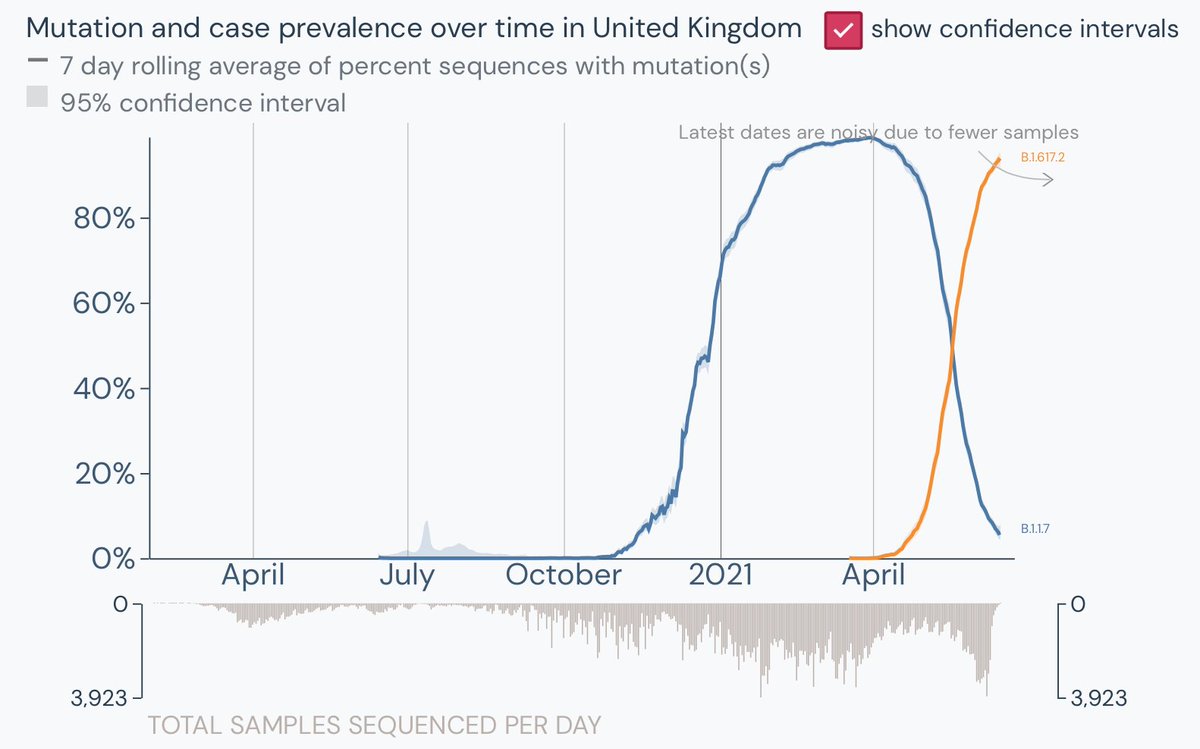
Call for Full FDA approval of covid vaccines
The stakes could not be higher.
In print, @nytopinion
nytimes.com/2021/07/01/opi…
The stakes could not be higher.
In print, @nytopinion
nytimes.com/2021/07/01/opi…

The @US_FDA is unhappy about this essay. That's good. Maybe they will do something.
Perhaps @DrWoodcockFDA will even make a public statement?
Perhaps @DrWoodcockFDA will even make a public statement?
More on this @washingtonpost today, by @acellerbeck ,w/@ashishkjha
washingtonpost.com/politics/2021/…
washingtonpost.com/politics/2021/…
According to @KFF survey, 1 in 3 Americans would be more likely
vaccinated if FDA gave full approval.
Not expected until "at least September"
There's simply no excuse for this delay.
It's called a pandemic. We need this done now
nytimes.com/2021/07/06/us/… @shearm @noahweiland
vaccinated if FDA gave full approval.
Not expected until "at least September"
There's simply no excuse for this delay.
It's called a pandemic. We need this done now
nytimes.com/2021/07/06/us/… @shearm @noahweiland

• • •
Missing some Tweet in this thread? You can try to
force a refresh





















